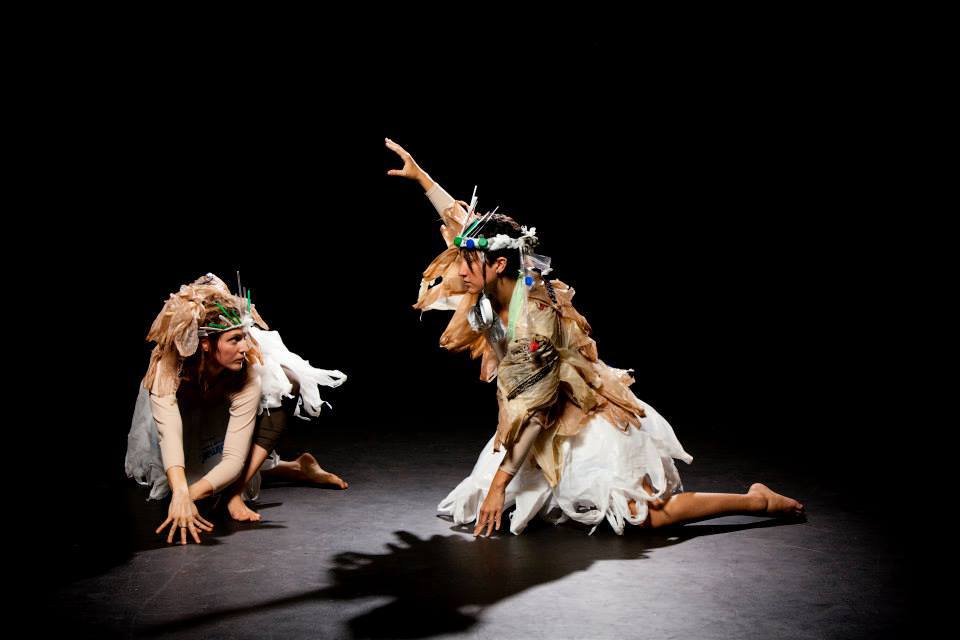I’ve been surprised by how obsessed with plastic pollution I’ve become since starting this research. Lately everything I do has been colored by the reading I’ve done about material culture studies/discard studies. With that in mind, I wanted to give a brief update on my project. As always, I need to check my impulse to obsessively collect information and concepts and just start iterating.
//research, continued.
Critical discard studies.
Critical Discard Studies is an emerging interdisciplinary sub-field that examines waste in its many forms: things that are left out, devalued, left behind, and externalized. Scholars in this field are unified by their belief that waste is not produced by individuals and is not automatically disgusting, but that both the discarded material and their meaning is part of wider sociocultural-economic systems. Activist/scholar/artist Max Liboiron heads up the field, so I contacted her as one of my experts (still waiting on a response).
Something that emerged out of my research was the idea that in a disposable culture, it’s not just trash that’s getting thrown away. There is growing evidence suggesting a correlation between cultures that throw away stuff and cultures that are more willing to dispose of human relationships or view those relationships as replaceable. In short, individuals who view their trash as disposable tend to view their relationships as disposable.
Sacred waste.
I came across the performance piece Sacred Waste, directed by Bonnie McDonald, which aimed to”make mundane consumption and discard practices hypervisible with a series of performances inspired by what she calls the “ritual gestures” of plastic consumption. The physical motions of buying single-use plastics, using them briefly, and then casually tossing them are performed in an over-the-top, slowed-down performance by different community theater groups.

“If we respect plastic’s history as a petroleum substance formed across the vastness of geologic time and its future as a material bound to outlive us and most if not all conceivable future generations,” she writes, “then we might treat it with the greatest respect instead of as mere junk.”
I like how this project reimagines the “rituals” of consumption in terms of shamanism and performed religion. I also like that this performance piece communicates the kinetic nature of waste. Plastic trash moves: across geographic regions, across oceans, into the stomach of animals, onto our plates. There’s a narrative of displacement and alienation embedded into plastic pollution.
Waste as wealth.
In a TED Talk, Suja Lowenthal looks at the externalized economic costs of plastic consumption and disposal. In a post-colonialist era, she argues, we have convinced developing nations that once reused everything that the sign of modernity is waste. We’ve exported values of disposability, the idea that being able to throw things away is a sign of wealth and progress. I’m interested in disrupting this attitude towards waste.
//the project
I’m moving away from the idea of a 3d archive of people’s trash – as an intervention, it feels too stale, too static. I’m trying to explore ways to make the “rituals” of plastic pollution more kinetic, pushing movement forward. A plastic bottle is not just a plastic bottle: it has the potential to become meaningful, magical to us. It has the potential to become microplastics, swallowed by some fish 100 years from now. It could continue disintegrating for another 400 years. There’s a lot of movement and shape-shifting in that story.
I keep thinking about MIT’s Trash Track project, in which MIT researchers tracked the location of 500 pieces of trash. Still figuring out how this will shape my own project.
I love where this is going – and it’s so nice to see how your research informs and inspires the work.
You should really check out the work of Mark Dion – he does these great Cabinets of Wonder that I think you’d really like.
http://www.art21.org/artists/mark-dion